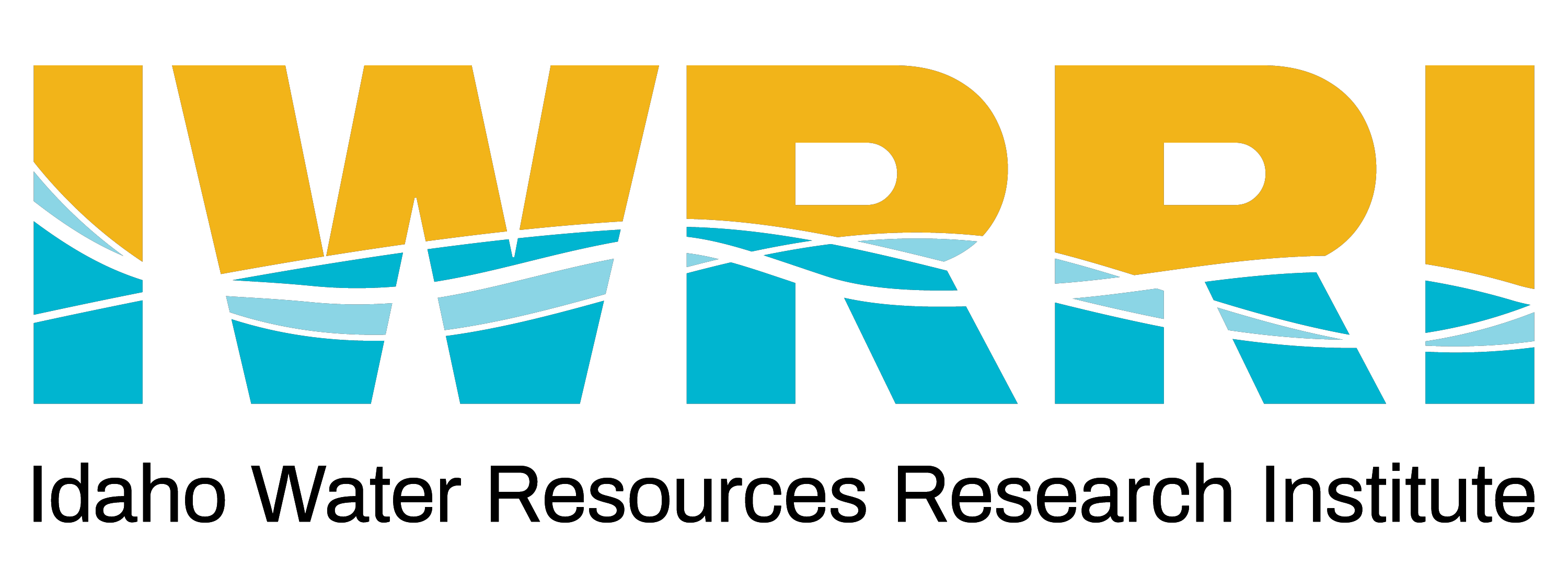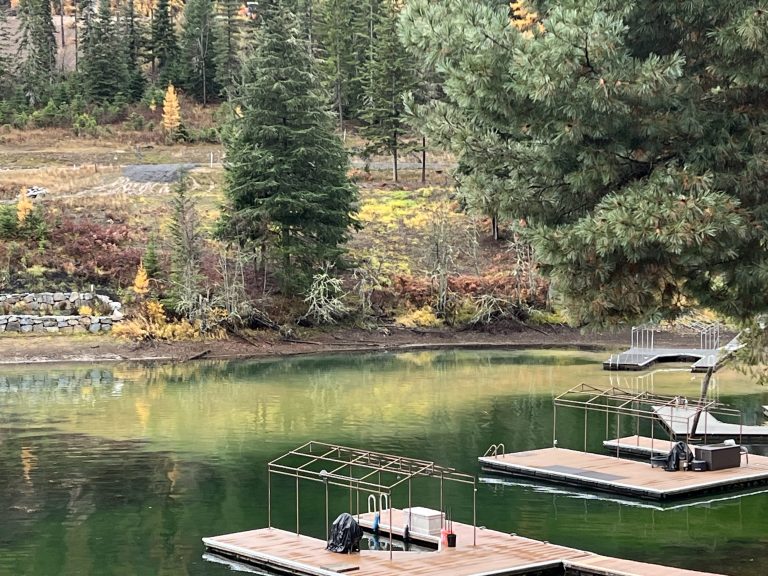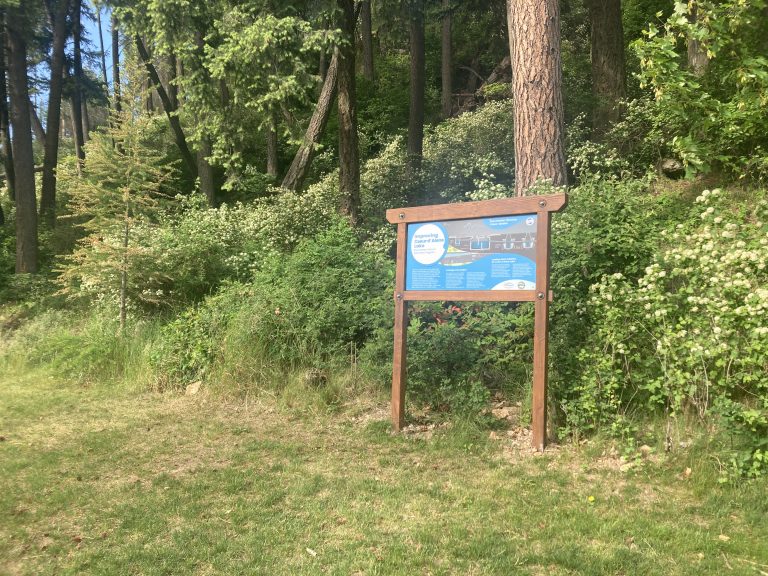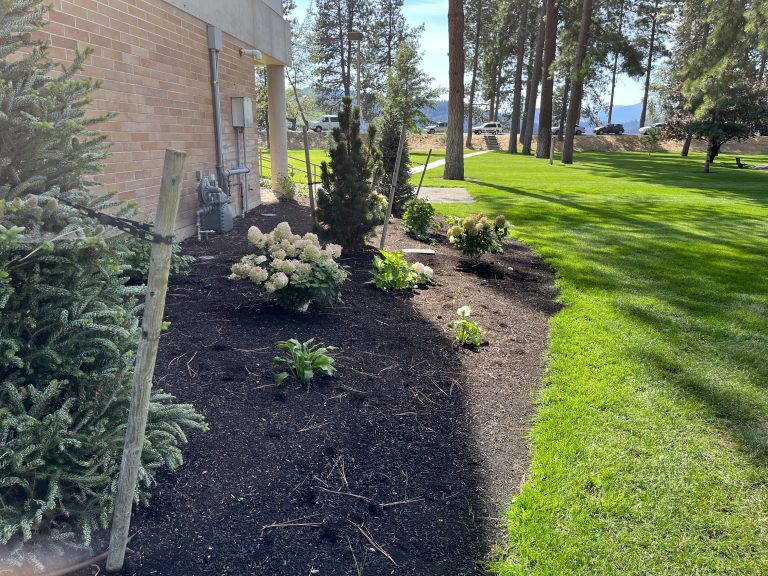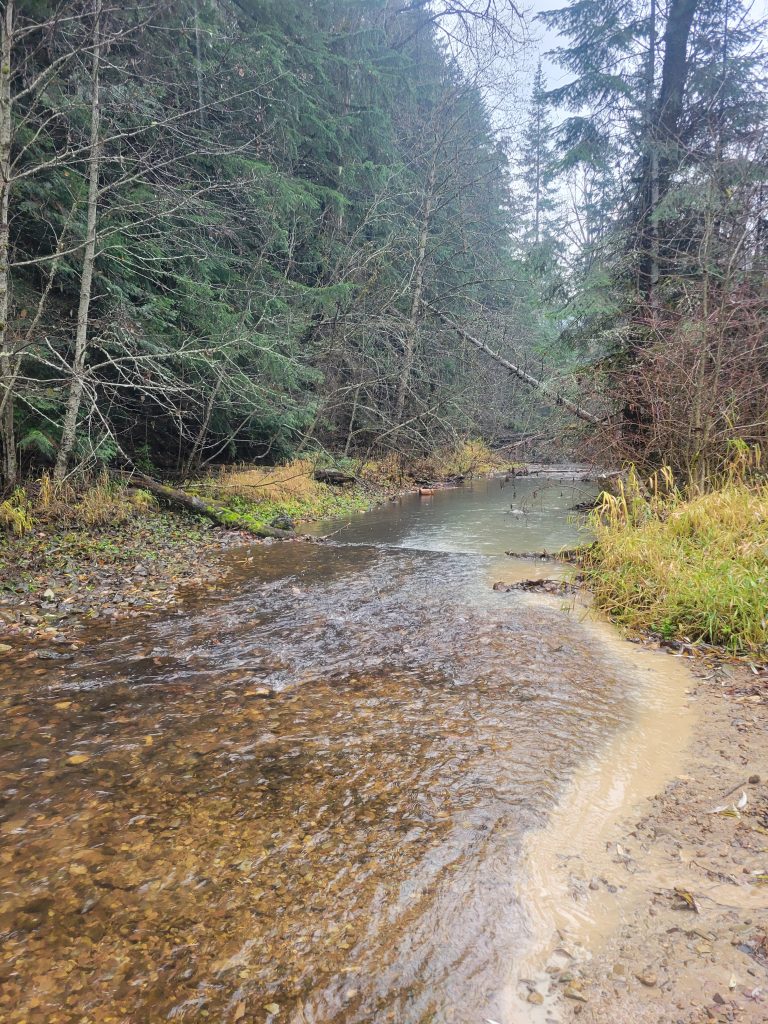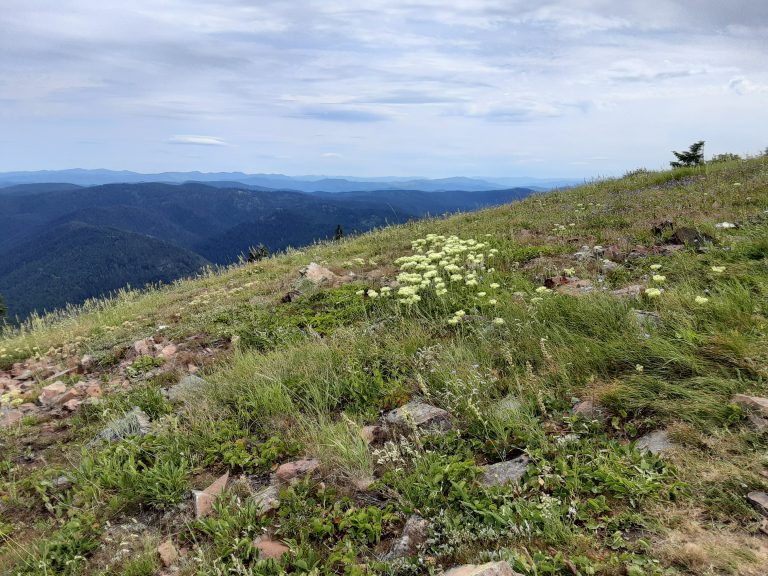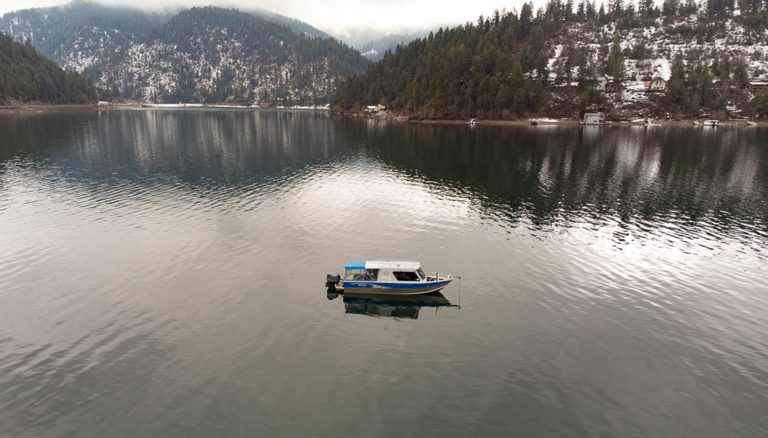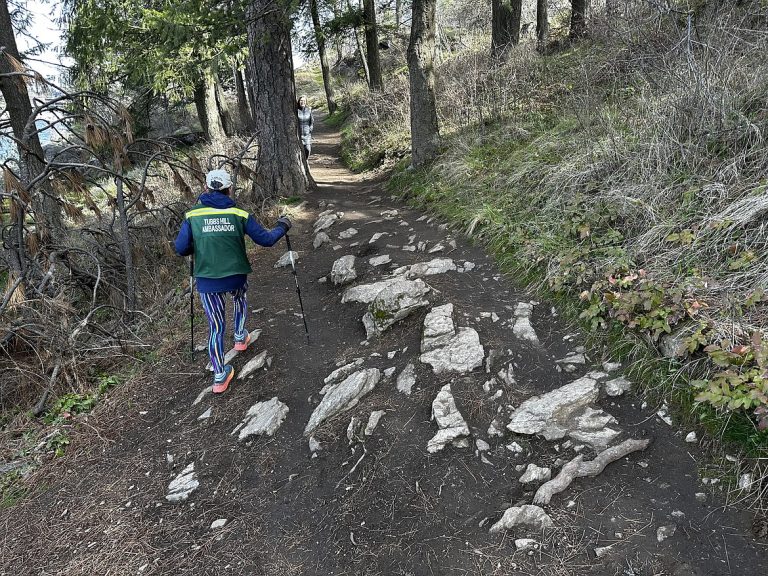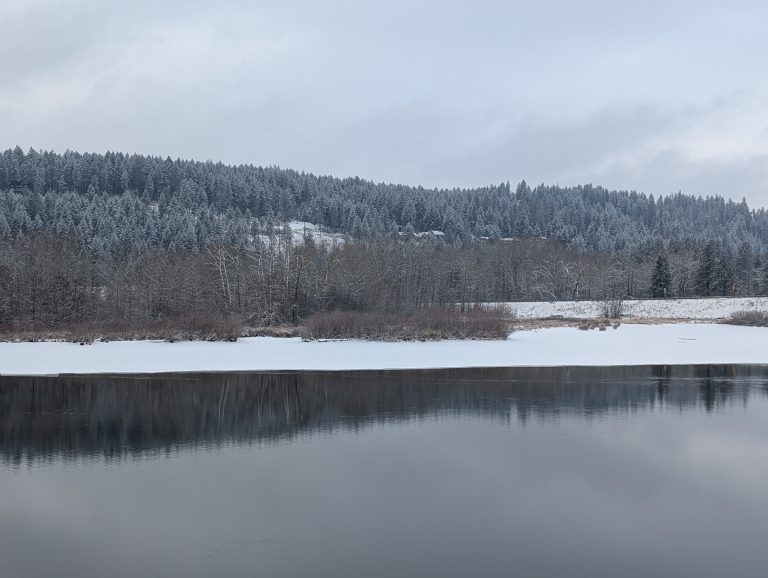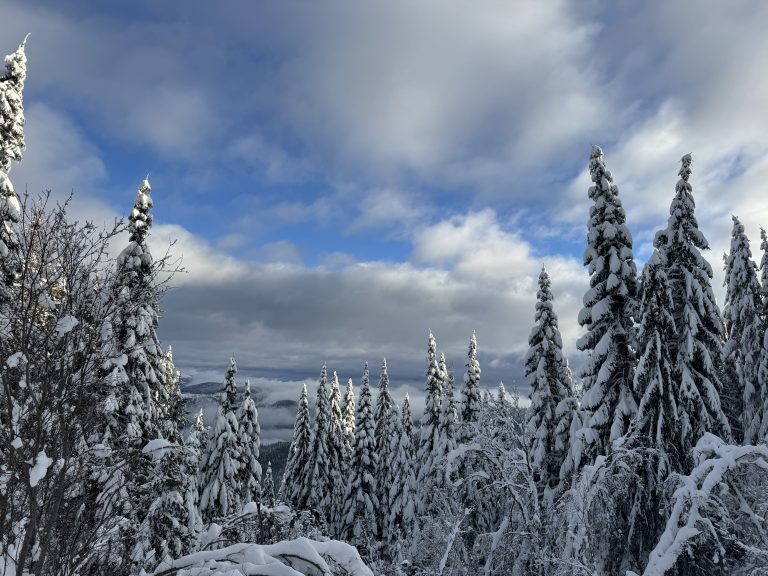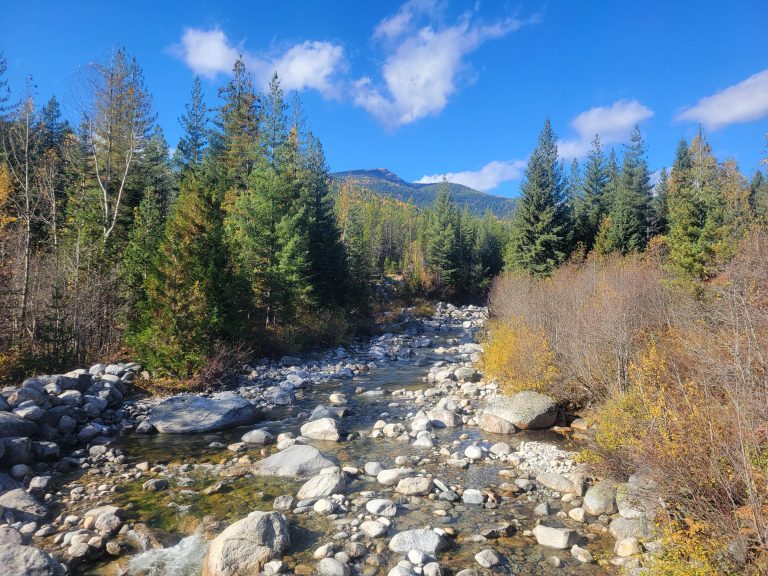OUR GEM: Hold Your Ground! A case for good construction site planning
OUR GEM: Hold Your Ground! A case for good construction site planning Erosion control is a critical aspect of responsible site development, especially in areas with steep terrain and heavy precipitation, which is often the case in North Idaho. This case study highlights the challenges faced during the development of a hillside property near Hayden Lake and the efforts to address consequences of inadequate initial planning. Background In 2021, two properties on the hillside above Hayden Lake underwent development for…
